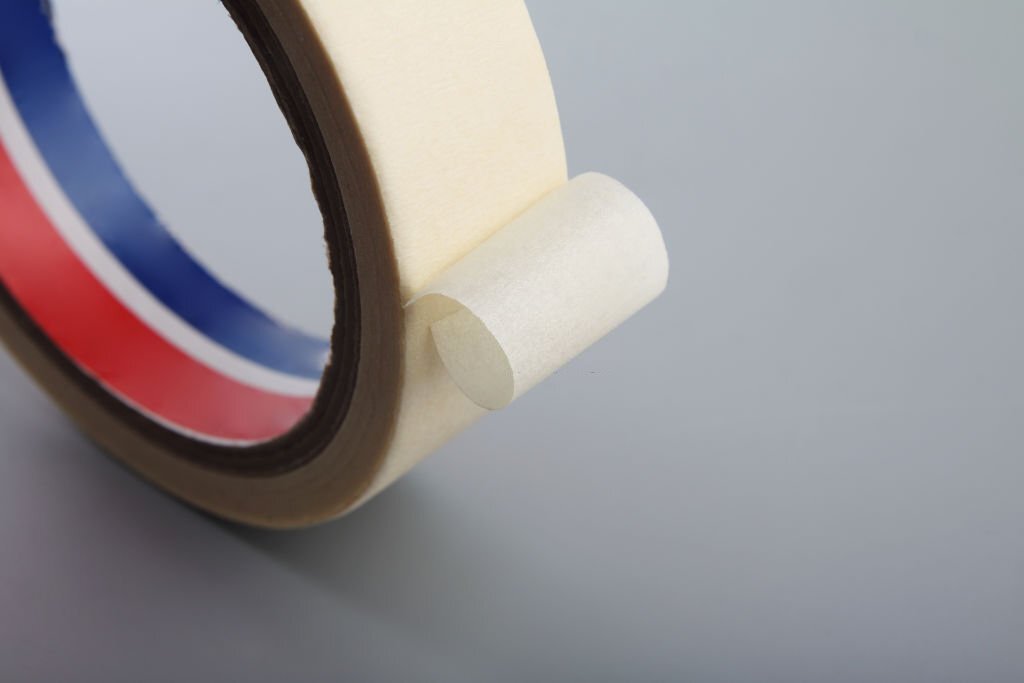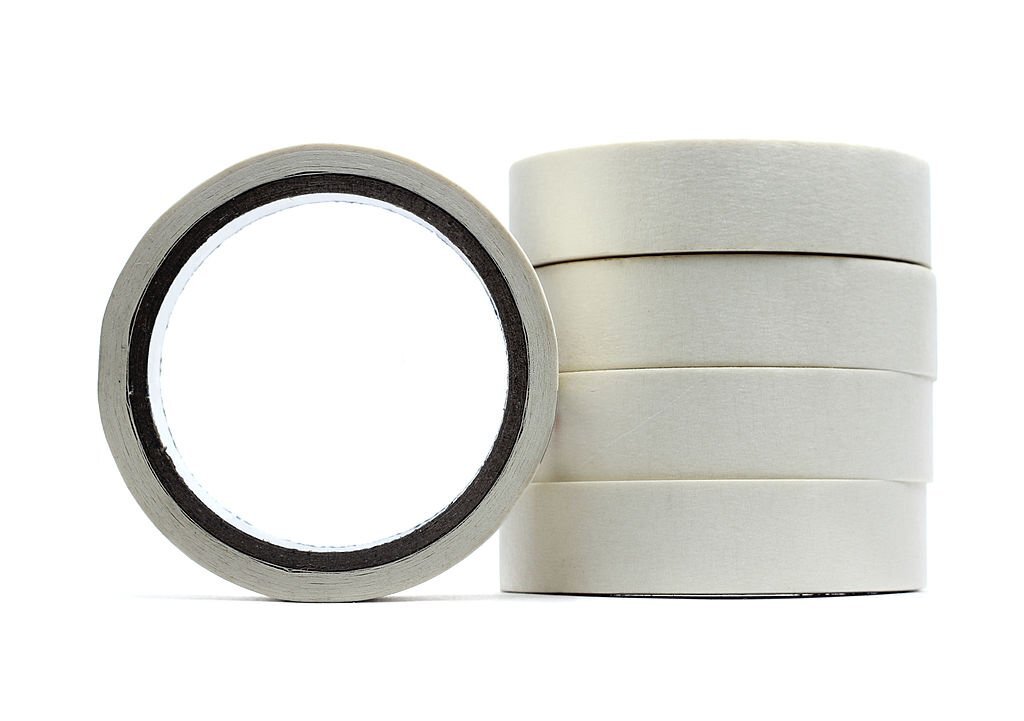Masking Tape
Masking tapes are a type of adhesive tape that is commonly used to cover or mask certain areas during painting or other types of surface treatments. They are made of a thin paper or plastic backing with a low-tack adhesive that allows them to be easily removed without leaving residue or damaging the surface beneath.
Description
Masking tapes are a type of adhesive tape that is commonly used to cover or mask certain areas during painting or other types of surface treatments. They are made of a thin paper or plastic backing with a low-tack adhesive that allows them to be easily removed without leaving residue or damaging the surface beneath. Masking tapes come in various widths, colors, and levels of adhesion strength. Some have higher levels of adhesion strength for use on rough or uneven surfaces, while others are designed for delicate surfaces like wallpaper or freshly painted walls. Additionally, there are different types of masking tapes that are specifically designed for use in different industries, such as automotive or electronic. One of the advantages of masking tapes is their versatility. They can be used for a wide range of applications to achieve clean lines and sharp edges in various projects. For example, they can be used for painting, stencil work, labeling, and even for creating temporary fixes. Overall, masking tapes are an essential tool for any DIYer or professional in need of a reliable and easy-to-use tape for surface protection and masking.
Properties
Masking tapes are adhesive tapes that are primarily used for masking off areas during painting, spraying, or automotive repair work.
Here are some properties of masking tapes:
- Adhesive strength: Masking tapes are designed to have strong adhesion to various surfaces, but at the same time, they can be easily removed without leaving any residue or damaging the surface.
- Conformability: Masking tapes are highly conformable, which means they can be easily molded and applied to curved surfaces without creases or wrinkles.
- Tensile strength: Masking tapes have good tensile strength, which makes them resistant to breaking or tearing during use.
- Heat resistance: Masking tapes can withstand high temperatures without melting or losing their adhesive properties. They are commonly used in automotive repair and painting applications that involve high-temperature environments.
- UV resistance: Masking tapes are resistant to UV-damage, which means they won’t deteriorate or break down when exposed to sunlight or other sources of UV-light.
- Water resistance: Some masking tapes are designed to be water-resistant, which makes them useful for outdoor applications or projects that may be exposed to moisture. Overall, masking tapes offer a range of properties that make them a popular choice for a variety of industrial and DIY applications.
Uses
Masking tapes are a type of adhesive tape that is used for a variety of purposes.
Some common uses of masking tapes include:
- Painting: Masking tapes are commonly used in painting projects to create clean edges and to protect areas that need to remain unpainted.
- Labeling: Masking tapes can be used to label and organize items or boxes.
- Packing: Masking tapes can be used to seal boxes and packages during shipping or moving.
- Crafting: Masking tapes are popular for use in paper crafts, scrapbooking, and other DIY projects.
- Repairs: Masking tapes can be used to temporarily repair a variety of items, such as torn pages or ripped clothing.
- Marking: Masking tapes can also be used to mark lines or areas on walls or floors for construction or layout purposes. Overall, masking tapes are a versatile adhesive option that can be used for a variety of purposes.



